I find it interesting to see discourse on AI evolve from an offensive to a more defensive position. Initial discourse focused on the amazing technology and its potential to transform science and various creative endeavors. But the human was always presumed to be in the pole position. More recently, the pole has weakened, and the discourse has taken a decidedly defensive stance. The focus seems to be more on humans than technology, what it means to be human, and whether we can keep our humanness.
Several weeks ago, I wrote about the benchmark inversion, where instead of benchmarking AI against humans as the ideal standard, we now may need to benchmark humans against AI. Here, I attempt to place this benchmark inversion within a broader temporal context. In the figure at the bottom (where the years are somewhat speculative), we depict a conceptual but analytically grounded model of the benchmark inversion, outlining three distinct phases in the evolving relationship between humans and AI: Human Dominance, Human Justification, and AI Dominance. Each of these phases carries implications not just for productivity or cost, but also for dignity, trust, innovation, and the very structure of organizational life.
In the Human Dominance phase, human performance remains superior across most tasks. AI continues to make significant gains but remains subordinate primarily to human intelligence in terms of breadth, nuance, and contextual adaptability. In this zone, AI serves primarily as an assistive tool—handling narrow, repetitive tasks while humans manage complexity, integration, and judgment. The performance of AI is increasing rapidly, but humans remain the default reference point, both practically and ethically. This period is characterized by augmentation by choice: organizations adopt AI to enhance human efficiency, rather than to supplant human roles. The human premium dominates, and substitution (barring narrow, repetitive, or large-scale data crunching jobs) is minimal.
The transition to the Human Justification phase begins when AI performance surpasses that of human-alone performance. At this juncture, a new organizational calculus emerges. Once machines outperform humans, the default assumption inverts, and humans must now justify their place, rather than machines proving their worth. This is not merely a technical transition; it is a philosophical one. The burden of proof shifts. In hiring, evaluation, and task design, the question is no longer can the machine do what a human does —but can a human outperform what the machine already does by default? This phase is characterized by augmentation by necessity. Humans retain value primarily when they work in conjunction with AI systems—adding interpretability, ethical oversight, contextual grounding, or emotional intelligence.
Importantly, this is where the task complexity curve begins to matter. As shown by the dotted line in the figure (representing a notional task breadth index), AI initially conquers narrow and well-defined tasks. Humans still offer critical advantages in broader, messier, and interdisciplinary work. Thus, the augmentation advantage sustains for over a decade beyond the benchmark inversion. During this time, strategic complementarities between humans and machines flourish. Doctors collaborate with diagnostic algorithms, lawyers partner with legal discovery bots, and teachers use generative models to design adaptive lesson plans. Human justification is no longer intrinsic—it must be earned through integration, orchestration, and value amplification.
The final phase—AI Dominance—is estimated to commence around 2036. This does not imply that AI becomes generally superior in all domains, but rather that its performance on both narrow and increasingly broad tasks surpasses the value delivered by the best human-AI augmentation combinations. The augmentation curve flattens, while the AI curve continues to rise. At this point, the rationale for human involvement becomes increasingly difficult to justify in many operational contexts. Where machines outperform both humans and human-machine hybrids, organizations face strong economic incentives to automate completely. The figure labels this transition as the obsolescence of augmentation. It marks not just a technological tipping point, but a social and institutional one. It invites fundamental questions about purpose, inclusion, and what work—even means—in an AI-dominant society.
This figure is not intended to be just predictive, but also provocative. It challenges us to rethink the assumptions undergirding how we design jobs, define merit, and measure value. It provides a framework for anticipating how justification logic will evolve across roles and sectors. For example, in high-trust domains—such as justice, healthcare, and education—human oversight may still maintain a normative foothold, even in the face of technical superiority. Broad tasks—those requiring abstraction, synthesis, or normative reasoning—might be more resistant. Conversely, in efficiency-driven sectors—such as logistics, finance, and operations—the economic logic may accelerate the shift toward AI dominance.
As multimodal models and memory-augmented architectures proliferate, the frontier of AI capability continues to expand. Thus, the real question is not whether AI will surpass humans, but where, when, and with what consequences. This has significant implications for education, policy, and organizational design. Education systems will need to shift from knowledge delivery to the cultivation of meta-skills, including creativity, adaptability, ethical reasoning, and critical thinking. Policy frameworks must reimagine labor protections, re-skilling pathways, and perhaps most challengingly, the allocation of dignity in a world where human contribution is no longer structurally necessary. Organizations, meanwhile, will need to redesign work not just for efficiency, but for meaning—structuring roles that harness human uniqueness even when machines are functionally better.
In conclusion, the benchmark inversion reframes the AI-human relationship from one of competition to one of comparative relevance. It poses a stark choice: do we build a society where humans must constantly justify their place in the shadow of machine superiority, or one where we consciously design systems to elevate human flourishing alongside algorithmic excellence? Will organizations begin to weigh human dignity not as a foundational value, but as a conditional variable—tolerated when justified, discarded when eclipsed? The figure invites not just analysis but action. Whether we slide into irrelevance or rise into co-evolution will depend not on AI’s capabilities, but on our collective capacity to rethink what it means to matter in the age of intelligent machines.

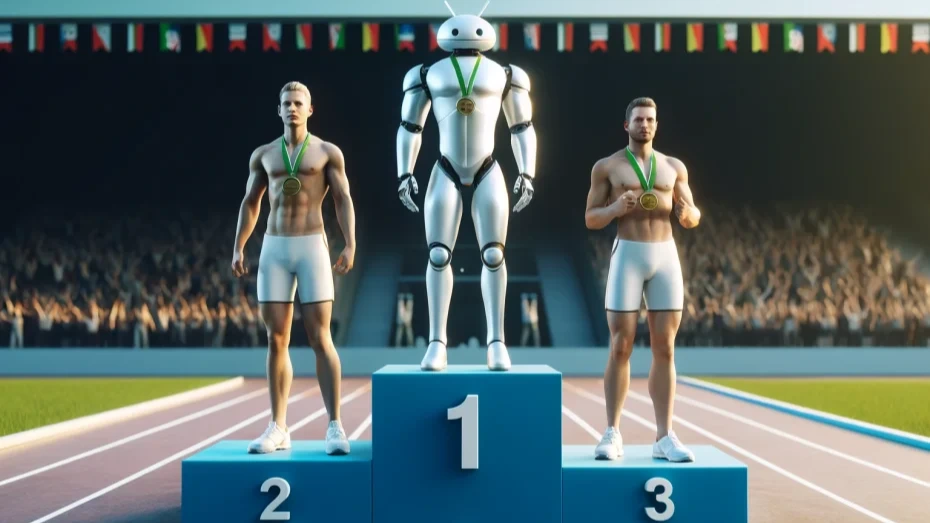
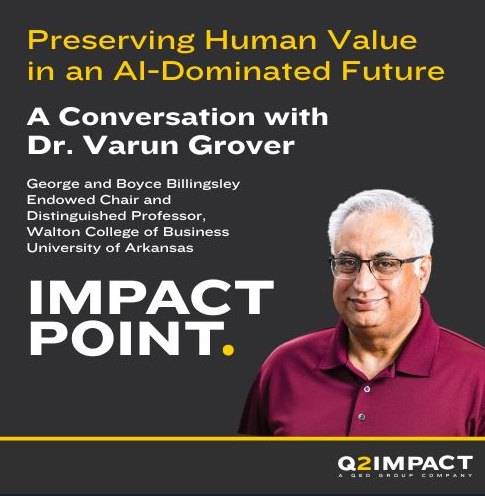
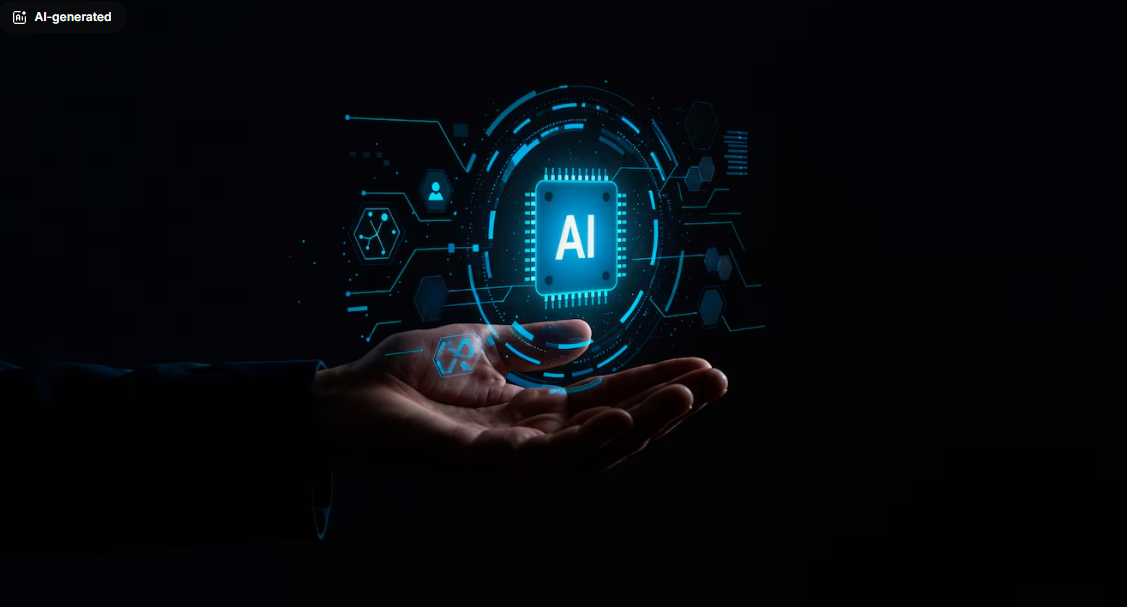

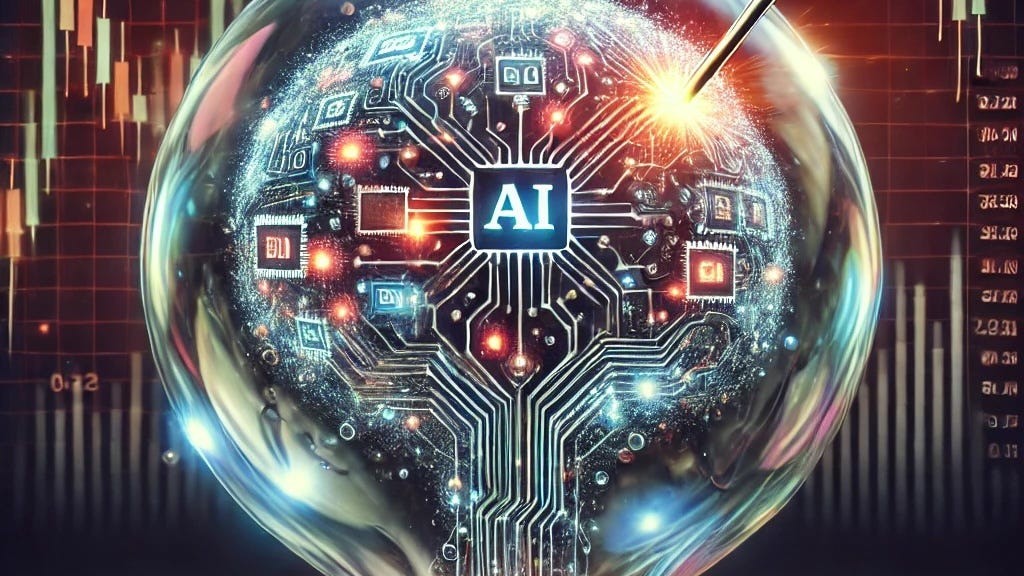
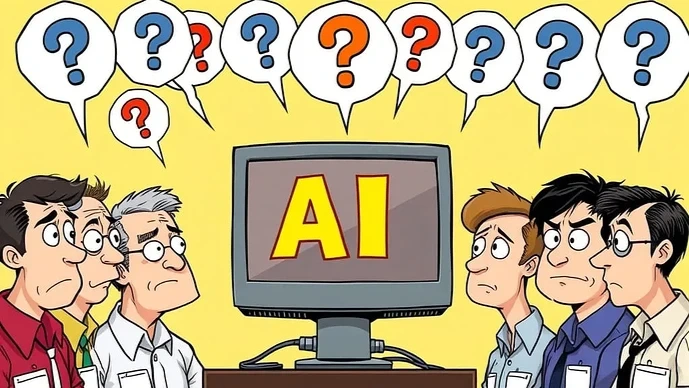


Leave a Reply